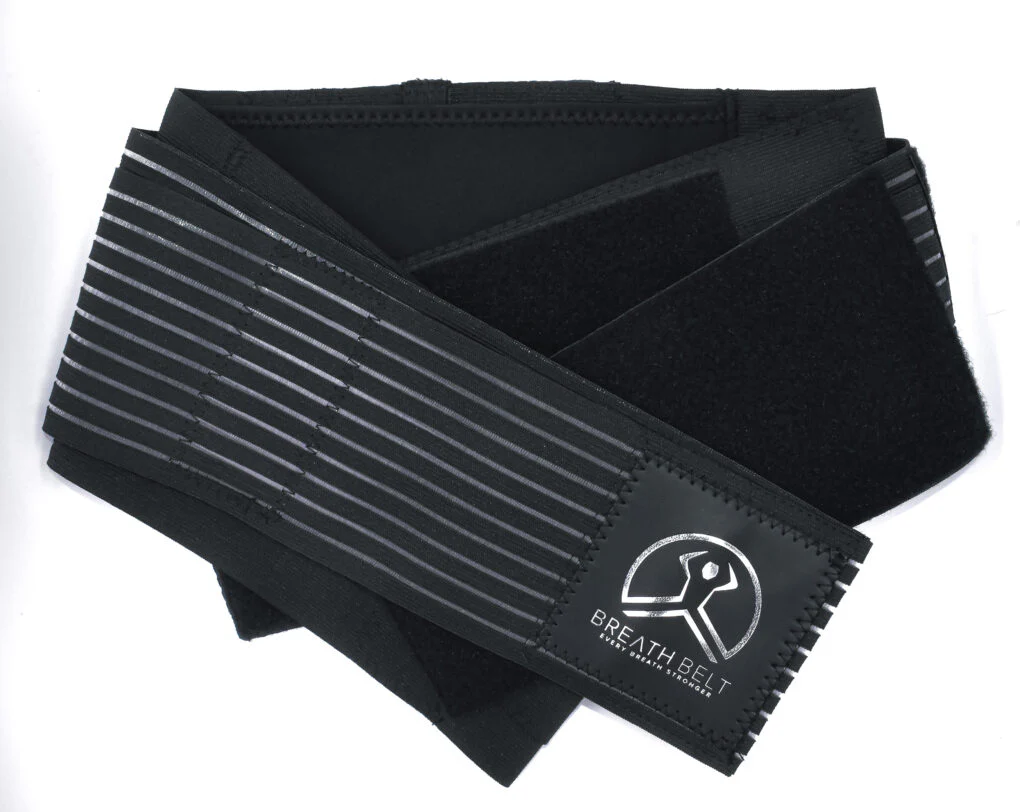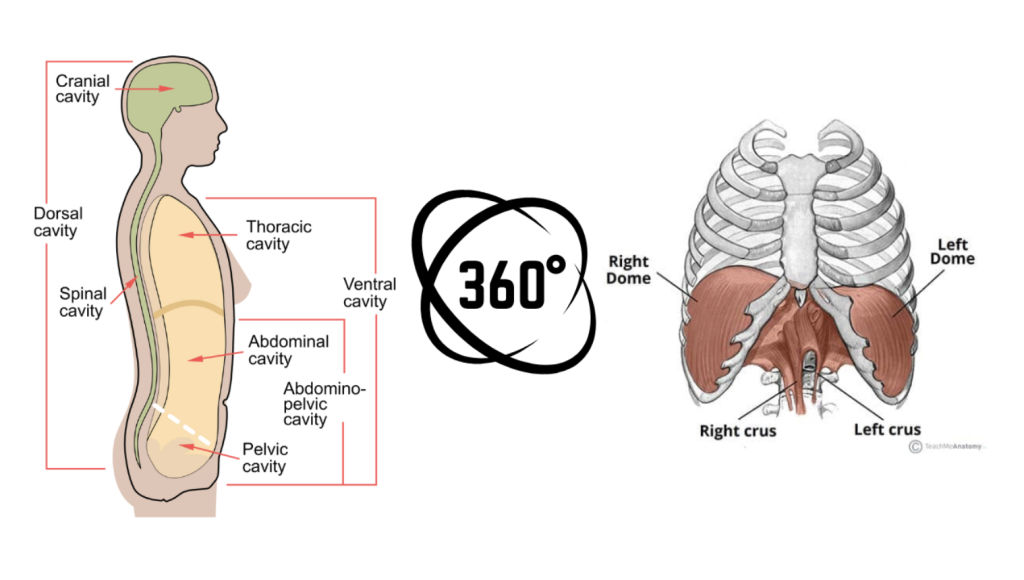5 Breathing Techniques for Soccer Players to Improve Performance
Every explosive sprint, every precise pass, and every clutch moment in soccer depends on something you do 20,000 times a day without thinking about it: breathing. As a soccer player, consistent breathing exercises are one of the most important aspects of unlocking your talent, improving stamina, reducing the risk of injury, and enhancing overall health.
The breath is directly linked to your athleticism, biomechanics, and central nervous system, and vice versa, which means improving one will help improve the other. Whether they consciously practice breathing techniques or not, all elite soccer players have learned to control their breath and use it strategically, either to energize themselves during intense moments or stay composed under pressure.
As a soccer player, coach, and graduate of kinesiology, I’ve seen firsthand how proper breathing technique can transform performance on the field, helping players maintain focus during high-pressure situations, last the entire length of a game at a high intensity, and recover more quickly between intense efforts. In this guide, I’ll break down the best breathing exercises for soccer players to improve sports performance and mental clarity.

What are the Best Breathing Exercises for Soccer Players to Improve Athletic Performance and Recovery?
Belted Breathing
For this exercise, it is best to have a specific piece of training equipment called The Breath Belt, although you can use any other belt in the meantime. This exercise is as simple as wearing the belt around your ribcage and taking deep breaths without resisting the belt, which means allowing your diaphragm and ribcage to expand fully against it in all 360 degrees.
Many Small Breath Holds
This next exercise is by Oxygen Advantage, and it is called many small breath holds. The point of this exercise is to get better at tolerating higher levels of carbon dioxide CO2, which improves oxygen efficiency, increases endurance, and conditions your body to stay composed during high pressure situations.
To do this drill, you start by taking a normal inhale and a normal exhale, whatever those mean to you. Once about 90% of the air has left your lungs, you plug your nose for about 5-10 seconds, since it’s in the name, keep it in the smaller ranges.
When you feel the first urge to breathe, which is the CO2 building up, release your nose and take a calm, controlled breath in through your nose, then take 1-2 more normal breaths and repeat. Over time, performing multiple rounds of these short holds helps train your body to resist fatigue and sharpen focus because your respiratory system gets better at managing CO₂.
As a reminder, CO2 allows your body to use oxygen better and helps you to stay calmer, recover quicker, and reach higher performance levels.

Pelvic Floor Breathing
Pelvic floor breathing is an advanced breathing technique that focuses on coordinating your diaphragmatic breathing with the muscles at the base of your pelvis, creating better core stability and improving overall breathing mechanics. This breathing method helps assess and improve the pliability of soft tissue in the pelvic floor while teaching you to balance pressure throughout your core system.
- Sit in a comfortable position with your head, ribs, and hips properly stacked.
- Place a small plyo ball or cushion under your pelvic floor to provide feedback.
- Take a deep breath through your nose, focusing on how pressure responds in the pelvic area.
- As you inhale, gently allow the pelvic floor to expand and soften rather than clench.
- Exhale slowly while maintaining awareness of the pressure balance between your diaphragm and pelvic floor
- Focus on creating enough positive pressure to relieve any constrictive tendencies.
Physiological Sigh Breathing
The physiological sigh is a natural breathing pattern that involves taking a deep inhale followed by a second, smaller inhale through the nose, then a long exhale. This technique activates your parasympathetic nervous system and helps reset your stress response.
To perform a physiological sigh:
- Take a deep inhale through your nose, filling about 80% of your lung capacity.
- Without exhaling, take a second, smaller inhale through your nose to top off your lungs.
- Release with a long, slow exhale through your mouth or nose
- Repeat 1-3 times as needed.
This breathing pattern occurs naturally when you’re stressed or need to reset, but practicing it consciously gives you a powerful tool for managing. high-pressure situations during matches.
Mouth Tape and Nasal Strips at Night
One of the most effective ways to optimize your breathing and recovery is to ensure you’re breathing through your nose while you sleep, which is where mouth tape and nasal strips come in. Mouth taping gently keeps your mouth closed during sleep, training you to breathe nasally throughout the night, which improves oxygen absorption, reduces snoring, and promotes deeper, more restorative sleep.
Pairing mouth tape with nasal strips, which open up your nasal passages for easier airflow, ensures you’re getting the maximum benefits from every breath during those crucial 7-8 hours that you spend sleeping and recovering.
Final Thoughts
Mastering these breathing techniques for soccer players requires consistent practice and patience, as proper breathing mechanics develop gradually over time through regular training both on and off the field. The combination of controlled breathing exercises, nasal breathing habits, and breath-holding techniques creates a powerful foundation for improved sports performance, enhanced oxygen delivery to working muscles, and better nervous system regulation during high-pressure situations.
By incorporating these breathing methods into your daily routine, you’ll develop the respiratory strength and mental clarity needed to get in tip top shape for soccer while reducing stress and improving recovery between intense training sessions.
FAQs
How can I improve my breathing for soccer?
To improve your breathing for soccer, make sure to use the drills in this post, invest in the right training gear and accessories for proper breath-work, such as the breath belt, plyo balls, nasal strips, and mouth tape, as well as use the following tips consistently:
- Practice nasal breathing – Breathe through your nose during exercise and sleep to improve oxygen delivery and reduce stress.
- Strengthen breathing muscles – Use diaphragmatic breathing and breath-holding exercises to build inspiratory muscle strength.
- Use breathing for recovery – Practice a certain breathing technique between sets to lower heart rate and reduce fatigue.
How does breathing training affect soccer players?
Breath training has a huge impact on soccer players by improving oxygen delivery to working muscles, increasing repeated sprint ability, and strengthening breathing muscles for better athletic performance. Professional athletes, and even amateur and youth players, who practice proper breathing techniques consistently also experience improved sleep quality, mental clarity, and faster recovery between training sessions.
As a soccer player, you need proper breathing mechanics to be able to perform all of the fundamental soccer skills, including soccer IQ, decision making, awareness, composure, first touch, passing, dribbling, shooting, and defending, at your best.


